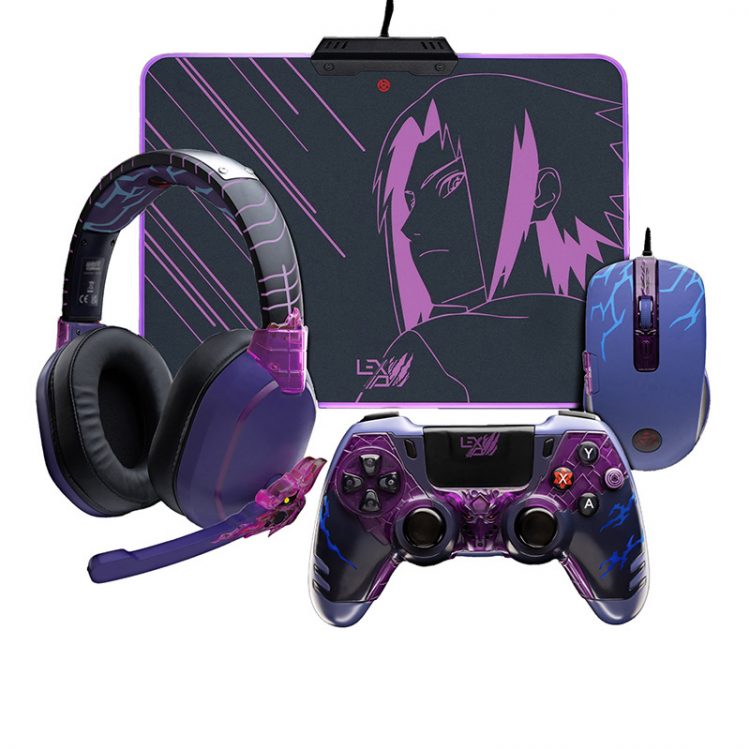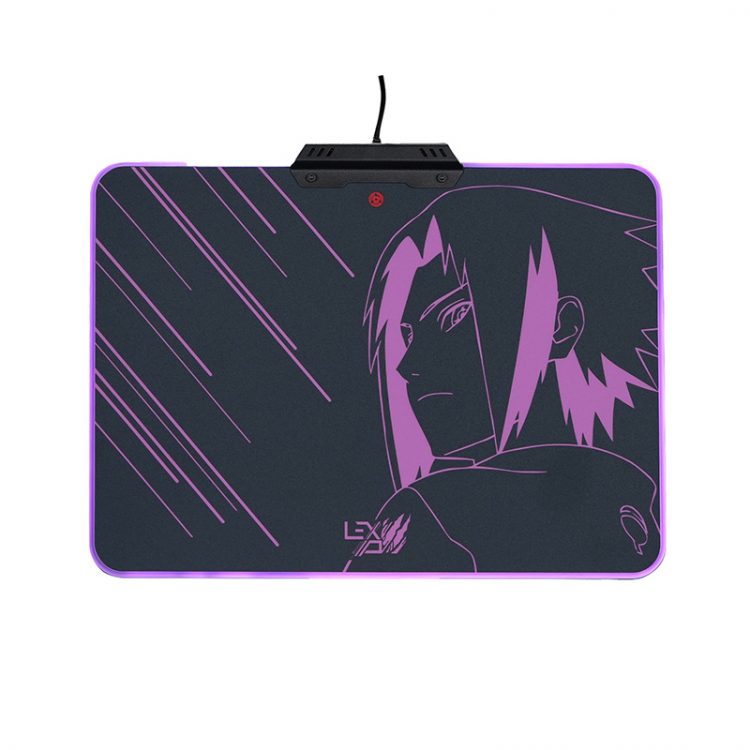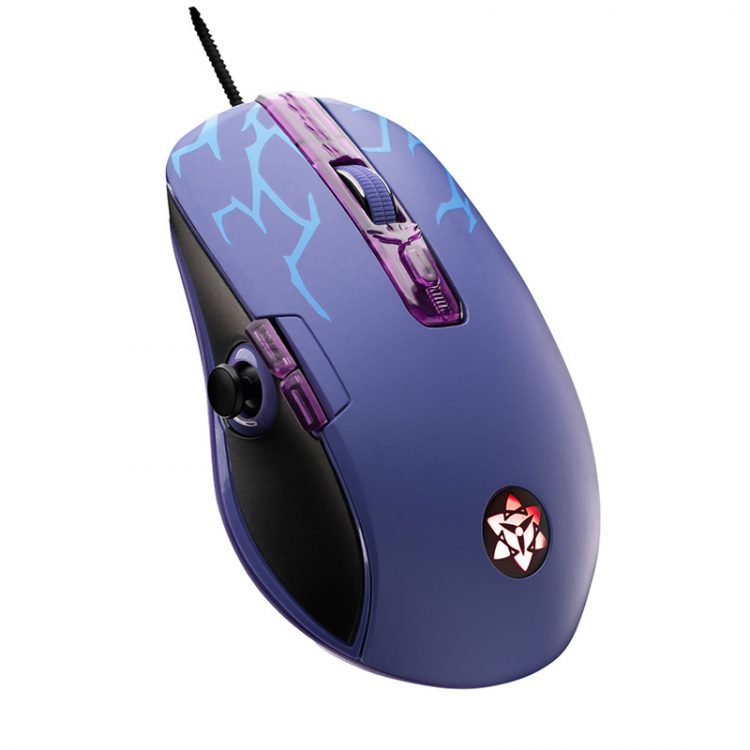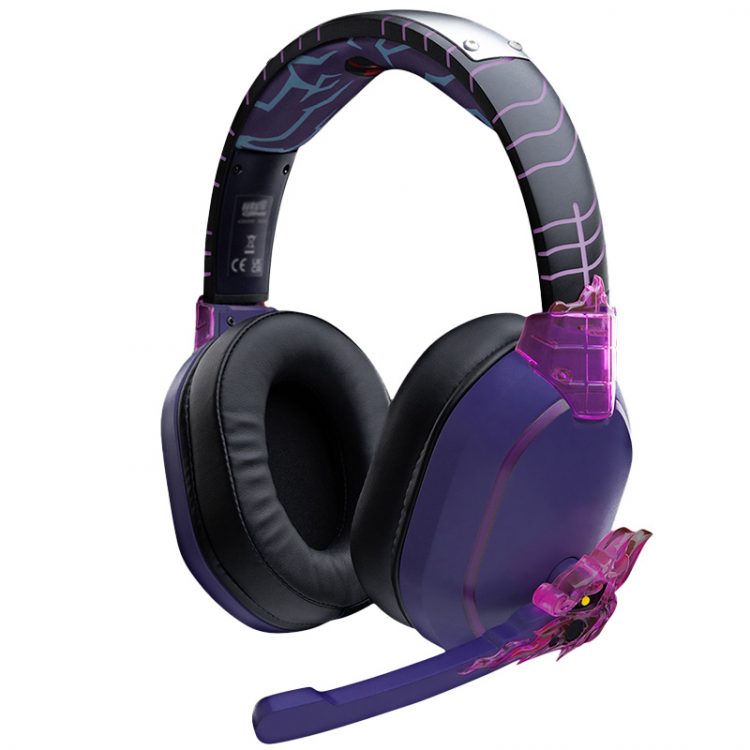



SASUKE “REVENGE” NARUTO SHIPPUDEN – Wireless with 4 programmable paddles, PC/Switch™ compatible
99,99 €
- 2.4GHz wireless connection via USB dongle
- 4 action buttons + 2 joysticks
- 4 programmable paddles
- Double vibration 3.5mm jack audio port
System requirements :
- Windows 10/11 PC with USB Type A port.
- Nintendo Switch™ or Switch™ OLED with dock (Switch™ Lite requires adapter not supplied – refer to dedicated FAQ for more info).
Description
Bring to life the power that changed history with the controller by Lexip x Tsume.
The key element of this cult scene takes shape in an ultra-detailed sculpture extending across the entire front of the controller.
The ergonomics of the Lexip x Tsume controllers have been recognized as “the best in the industry” by the German Design Awards, easy to use for large and small hands alike, and incorporating additional programmable paddles on the rear.
The Lexip x Tsume limited series equips the Pixminds Valiant team, French Valorant champions and world No. 3 on Fortnite.
Contents: Controller, Certificate of authenticity, Creators’ word, 1-meter charging cable, 2.4GHz USB receiver key, Documentation
Additional information
| Colors | SASUKE, KAKASHI, MADARA |
|---|---|
| Platforms | Nintendo Switch, Nintendo Switch OLED, PC |
| Applications | Gaming |
| Connectivity | wireless |
| Licence | Naruto |
Downloads
| Title | Size | Download |
|---|---|---|
| Notice Manette Lexip x Tsume | 331.02 KB | DownloadPreview |




